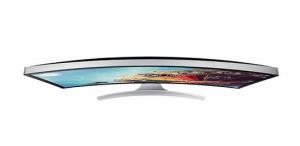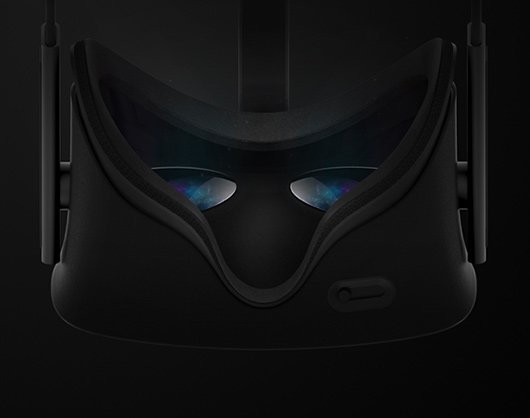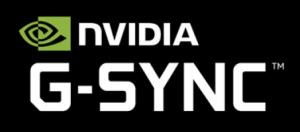 Gamers often talk about the frame rates that they get out of a game with their video card. This tells how many frames per second that the video game and software can generate. In order to display them, they have to be drawn upon the monitor. The process of moving those rendered frames from the video card to the display introduces a whole new set of problems, one that many gamers are familiar with. Both NVIDIA and AMD have release new technologies to try and provide a smoother and faster display but how do they improve this and is this consumers should actually use? Continue reading
Gamers often talk about the frame rates that they get out of a game with their video card. This tells how many frames per second that the video game and software can generate. In order to display them, they have to be drawn upon the monitor. The process of moving those rendered frames from the video card to the display introduces a whole new set of problems, one that many gamers are familiar with. Both NVIDIA and AMD have release new technologies to try and provide a smoother and faster display but how do they improve this and is this consumers should actually use? Continue reading
Will You Buy A Curved PC Display?
 The big news in TVs this year is likely going to be 4K resolutions but the manufacturers of the display had in mind something else, curved displays. The reason that this is not catching on much with consumers is that the curved feature is reserved for the higher end TVs. The costs of curving a screen is much more affordable though if you are looking at a small screen such as a PC display. A number of companies are now jumping into the curved PC monitor market. Is this enough of a feature though to make consumers pick it over traditional flat displays? Continue reading
The big news in TVs this year is likely going to be 4K resolutions but the manufacturers of the display had in mind something else, curved displays. The reason that this is not catching on much with consumers is that the curved feature is reserved for the higher end TVs. The costs of curving a screen is much more affordable though if you are looking at a small screen such as a PC display. A number of companies are now jumping into the curved PC monitor market. Is this enough of a feature though to make consumers pick it over traditional flat displays? Continue reading
Oculus Rift Limited to High End Desktops At Release
 Hoping to get an Oculus Rift VR headsets when they launch? If so, you better hope that you have the proper hardware. Their Chief architect posted on the companies website the and it looks like it is going to be pretty restricted. This has caused a bit of anger from the community that had hoped it would be a bit wider spread than just a limited set of users. f course, the company is also going to be offering an option that includes a PC with the required specs for those willing to pay the extra cost. So, what exactly are the requirements and will you be able to use it? Continue reading
Hoping to get an Oculus Rift VR headsets when they launch? If so, you better hope that you have the proper hardware. Their Chief architect posted on the companies website the and it looks like it is going to be pretty restricted. This has caused a bit of anger from the community that had hoped it would be a bit wider spread than just a limited set of users. f course, the company is also going to be offering an option that includes a PC with the required specs for those willing to pay the extra cost. So, what exactly are the requirements and will you be able to use it? Continue reading
NVIDIA G-SYNC Available Now For DIY Crowd
 Since late last fall, there has been much buzz about NVIDIA’s . If you are not familiar with what that is, it is a pairing of NVIDIA hardware with a compatible monitor that provides a dynamically generated refresh rate on the display to prevent the image tearing caused by PC games that have a frame rate that does not match up with the monitors fixed rate. The thing is, there are no monitors currently available to consumers right now that feature the G-SYNC hardware in them to take advantage of it. That will likely be resolved when the first displays arrive probably near summer 2014.
Since late last fall, there has been much buzz about NVIDIA’s . If you are not familiar with what that is, it is a pairing of NVIDIA hardware with a compatible monitor that provides a dynamically generated refresh rate on the display to prevent the image tearing caused by PC games that have a frame rate that does not match up with the monitors fixed rate. The thing is, there are no monitors currently available to consumers right now that feature the G-SYNC hardware in them to take advantage of it. That will likely be resolved when the first displays arrive probably near summer 2014.
If you don’t like to wait and happen to be the owner of the popular gaming monitor, NVIDIA would like to give you the opportunity to convert your display to support G-SYNC now. All one has to do is purchase a from NVIDIA for just $199. The downside is that this kit requires that users take apart and replace the internal circuit boards for the display which is a task that few people will probably want to risk. After all, cracking open your display and replacing the parts will void the warranty plus you risk damaging your display in the process of installation.
I highly suggest people view the installation video from NVIDIA below before decided to take the plunge to see if you think you have the skills to do the modification.
Personally, I think that this is something that would be best to wait on. The current price of the ASUS VG248QE is around $270 at making the conversion kit plus a monitor cost $470 and completely voiding any warranty from ASUS.
